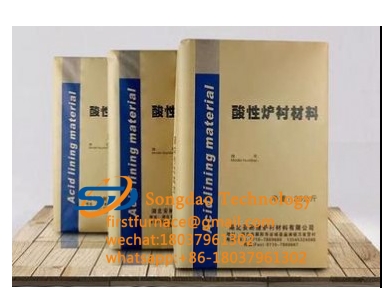- 08
- Dec
Refractory ramming material for intermediate frequency furnace
Refractory ramming material for intermediate frequency furnace
There are many ways to classify refractory ramming materials produced by dry-beating materials manufacturers. But the main ones are divided according to chemical composition: it can be divided into acidic, alkaline and neutral; according to the degree of refractoriness: it can be divided into general refractory ramming material (1580-1770 °C) advanced refractory ramming material (1770- 2000°C) super fire-resistant ramming material (above 2000°C) and super fire-resistant ramming material (greater than 3000°C) four categories; divided by processing and manufacturing technology: can be divided into fired products, fused cast products, and unfired products ;Divided by purpose: can be divided into blast furnace, open hearth, converter, continuous casting, glass kiln, cement kiln refractory ramming materials, etc.; according to the appearance: can be divided into refractory products, refractory mud, unshaped refractory Ramming material; according to the shape and size, it can be divided into: standard, general, special, special and super special products; according to the molding process: it can be divided into natural rock cutting saw, mud pouring, plastic molding, semi-dry Products such as molding and vibration, ramming, fusion-casting molding, etc.; according to chemical-mineral composition: can be divided into aluminum silicate (clay bricks, high alumina bricks, semi-silica bricks) and siliceous (silica bricks, fused silica fired products) Magnesium (magnesia brick, magnesia alumina brick, magnesia chrome brick); carbon (carbon brick, graphite brick) dolomite, zircon, special refractory ramming material products (high purity oxide products, refractory compound products) And high temperature compound ramming material).


